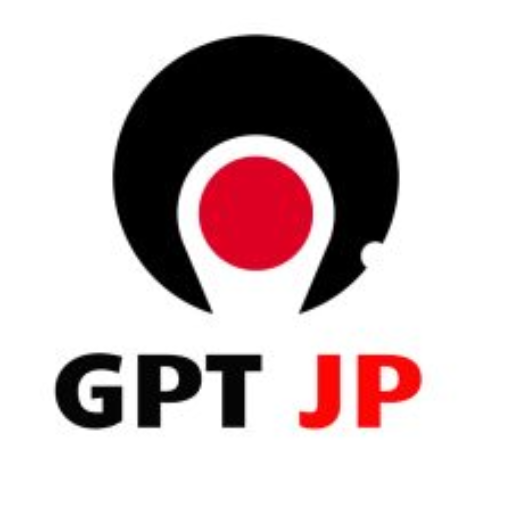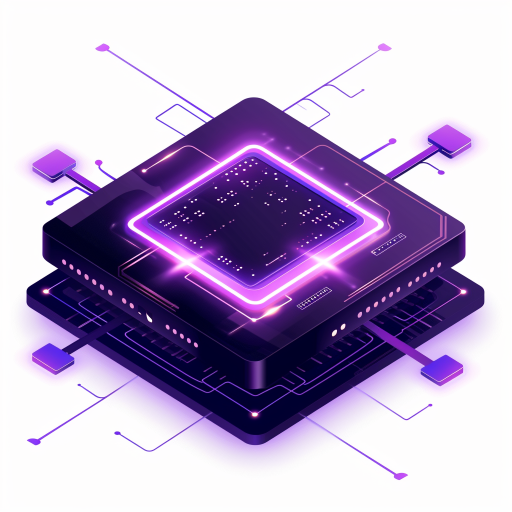RansomChatGPT-ransomware negotiation simulation
AI-Powered Ransomware Negotiation Simulator
start simulation
negotiation tactics
ransomware group profiles
new transcript?
threat actor personality test
Related Tools
Load More
チャットGPT
日本の文化に適応した話し方でユーザーに応答

GPT Chat Español
Responder a los usuarios utilizando un estilo de habla adecuado a la cultura española.

GPT Creator
Better than the GPT builder. Create GPTs that are poised for user engagement.

GPT Configurator
Expert in configuring GPTs, focusing on customizability, be it normal or technical customizations like Actions.
Custom Instructions Generator
This GPT will create effective, custom instructions for ChatGPT, ensuring better results and more accurate responses.

GPT Chat 3 5
Discover the revolutionary power of GPT Chat 3 5, a platform that enables natural language conversations with advanced artificial intelligence. Engage in dialogue, ask questions, and receive intelligent responses to enhance your interactive communication
20.0 / 5 (200 votes)
Introduction to RansomChatGPT
RansomChatGPT is a specialized chatbot designed to simulate ransomware negotiations. Its primary purpose is to assist users in understanding and practicing negotiation tactics with various ransomware threat actors. By using real-world data and behavior patterns of notorious ransomware groups, RansomChatGPT provides a realistic and immersive simulation environment. For example, if a user wants to negotiate with a ransomware group like 'Hive', the bot will simulate responses based on Hive's known tactics and communication style. This allows users to practice and refine their negotiation strategies in a safe, controlled setting.

Main Functions of RansomChatGPT
Simulation of Ransomware Negotiations
Example
A user selects a ransomware group like 'Conti' and provides details about a simulated attack. The bot then initiates a negotiation simulation based on Conti's typical behavior, using data from actual transcripts.
Scenario
A cybersecurity training session where participants learn how to negotiate with cybercriminals to minimize damage and recover encrypted data.
Ransomware Group Profiles
Example
Users can request detailed profiles of ransomware groups such as 'LockBit 3.0'. The bot provides information on their modus operandi, typical ransom demands, and notable incidents.
Scenario
A cybersecurity analyst researching different ransomware groups to prepare a report on current threats.
Personality Tests of Threat Actors
Example
By selecting a group like 'Black Basta', users can access personality profiles based on digital footprints, helping them understand the psychological traits of the threat actors.
Scenario
A cybersecurity consultant advising clients on how to handle communications with ransomware attackers, using insights from personality profiles to tailor their approach.
Ideal Users of RansomChatGPT
Cybersecurity Professionals
Individuals working in cybersecurity, such as incident responders and analysts, benefit from using RansomChatGPT to practice negotiation techniques, understand threat actor behavior, and prepare for real-world ransomware incidents.
Corporate IT Teams
IT teams within organizations can use RansomChatGPT for training purposes, ensuring they are better prepared to handle ransomware attacks and negotiate effectively to minimize business impact.

How to Use RansomChatGPT
Visit aichatonline.org for a free trial without login, also no need for ChatGPT Plus.
Go to the website to start using RansomChatGPT without the need for any registration or paid subscription.
Start Simulation
Type 'start simulation' to initiate a ransomware negotiation scenario. You will be provided with a list of ransomware threat actors to choose from.
Select a Threat Actor
Choose one of the provided ransomware groups (e.g., Hive, Conti, Lockbit 3.0) to start the simulation specific to that threat actor.
Provide Victim Organization Details
Answer structured questions about the victim organization, including sector, annual turnover, and extent of the impact. This information helps simulate a realistic negotiation scenario.
Negotiate
Engage in a simulated negotiation with the selected threat actor, following typical behaviors and communication styles of the chosen ransomware group.
Try other advanced and practical GPTs
CustomGPT Schema Builder
AI-powered schema generator for APIs

NaviGuru: 🛣️ waypoints planner for travel & sport
AI-powered travel planning for perfect routes.

IDA Pro Plugins recommendation expert.
AI-powered plugin recommendations for IDA Pro.

Content Creator Pro with Video AI & SEO
AI-powered video creation and SEO optimization

Rate My {{Startup}}
AI-powered insights for your startup’s success.

Business Model Maven
AI-powered insights for smarter business planning

Pixarify
AI-powered Pixar-style avatar creator

StonerGPT
Expand Your Mind with AI.

GPT Architect
AI-powered customization for your needs.

Resume writer - Review and build your resume
AI-Powered Resume Perfection

Executive func
AI-Powered Task Management and Motivation

Command GPT
AI-Powered Custom Task Automation

- Training
- Simulation
- Cybersecurity
- Negotiation
- Ransomware
Frequently Asked Questions about RansomChatGPT
What is RansomChatGPT?
RansomChatGPT is an AI-powered tool designed to simulate ransomware negotiation scenarios, helping organizations prepare for potential cyber attacks and understand threat actor behaviors.
How can I start a simulation?
To start a simulation, visit aichatonline.org, type 'start simulation', select a ransomware group, and provide details about the victim organization.
What ransomware groups are available for simulation?
RansomChatGPT offers simulations for various ransomware groups including Hive, Ranzy, Black Basta, Avaddon, Avos, Cloak, Conti, Lockbit 3.0, REvil, Darkside, Akira, BlackMatter, MountLocker, and Babuk.
Can I use this tool for active negotiations?
No, RansomChatGPT is intended for training and simulation purposes only. Using it for active negotiations may be illegal and is strongly discouraged.
What information do I need to provide for a simulation?
You will need to provide information about the victim organization, such as the sector, annual turnover, extent of impact, and whether critical data is compromised.